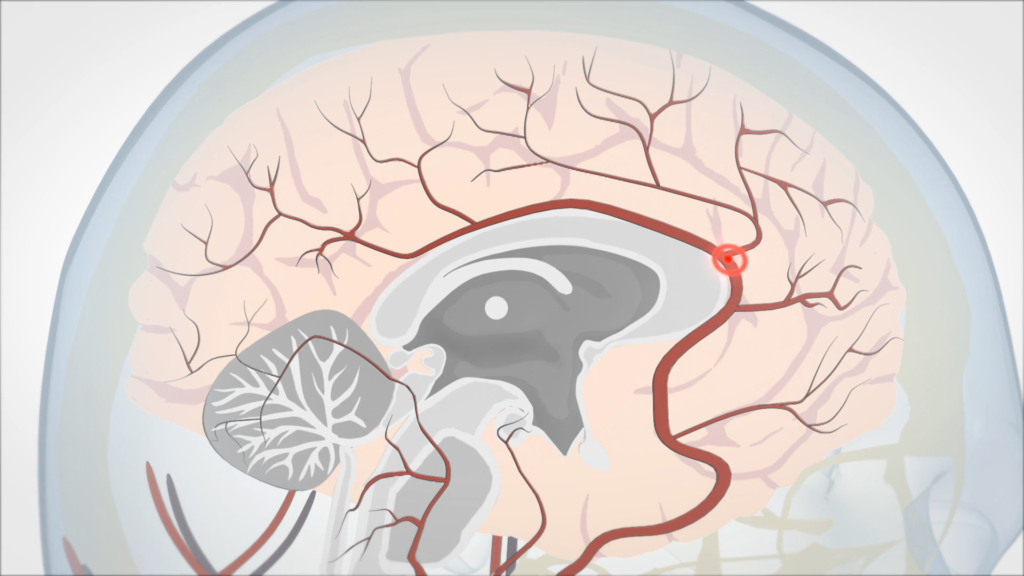Immersion Makes Users “Present”
A study performed by the Department of Psychology at the University of Regensburg found the most effective methods of teaching using VR was when the user’s emotions are aroused. Researchers also made a connection between learning curves and how present, or involved, users were during their experience. Students that are not engaged retain less information and are less prepared to apply the knowledge they do have to real-life situations.
VR simulations are enhanced to be interactive so that users are more present. Essentially, immersive learning optimises the efficiency of training and enhances the learning experience. With the ability to transport students and trainees into real-life situations without any risks, science has shown VR has to be the way forward for educational institutions and industry. The world needs experts that perform their roles to the highest standards. VR helps to develop expertise.
The Next Evolution: AI and Adaptive Immersive Learning
While VR already offers an unparalleled way to enhance memory and engagement, the next evolution of immersive learning is arriving through the integration of AI and XR. Artificial intelligence is now capable of tracking learner performance, emotional responses, and decision-making patterns in real time, enabling training experiences that adapt dynamically to each individual.
Imagine a VR learning scenario that recognises when a trainee hesitates or struggles and automatically adjusts the difficulty level, provides hints, or changes the perspective to aid understanding. These AI-driven adaptive systems make learning more personal, effective, and measurable.
Extended Reality (XR) further builds on this by blending physical and digital spaces. Learners can move seamlessly between real-world and simulated environments, practising procedures, exploring data visualisations, or rehearsing conversations in realistic, risk-free contexts. Combined with emotion-aware AI and detailed performance analytics, these environments are transforming how organisations deliver training and measure outcomes.
In essence, AI and XR are amplifying what VR began, helping learners not only retain knowledge but apply it with confidence, empathy, and critical understanding. The result is a new generation of intelligent, story-driven learning experiences that engage the senses, stimulate curiosity, and make knowledge truly stick.
If you are unfamiliar with the virtual reality production process, this blog post What to expect when you work on a project with Sliced Bread might serve to help you, it provides a complete guide on how we typically approach our projects, from concept to final delivery. It also provides information on how we structure our fees and plan the production schedule. Or feel free to drop us an email at info@sbanimation.com. You can also view our LinkedIn business page here.











